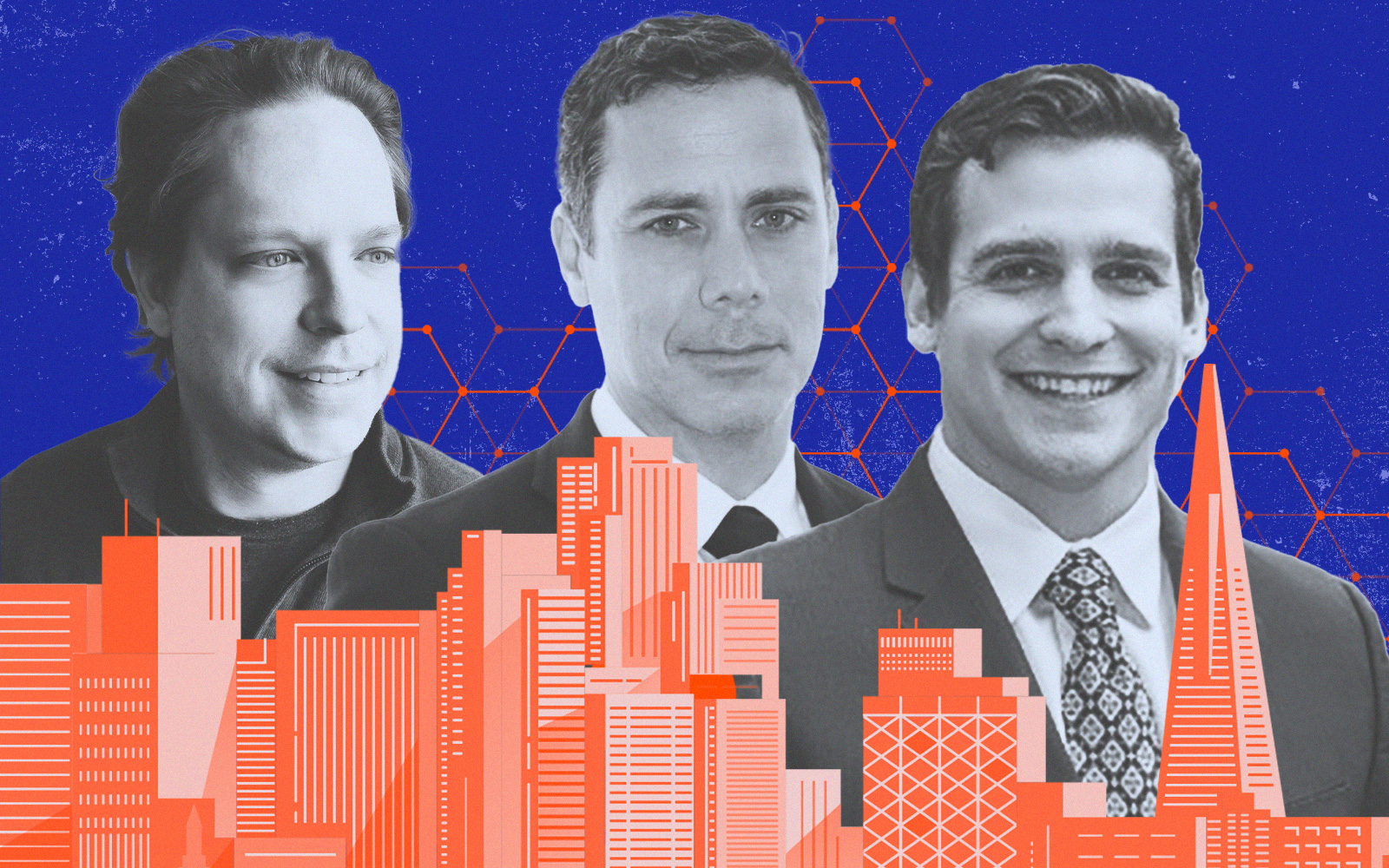For months, commercial market analysts have said that AI will be the savior for San Francisco’s battered office market, where one in three offices are currently empty. Now, there is finally some proof that AI firms are in fact absorbing a significant amount of space.
According to JLL research, AI companies have taken more than 1 million square feet off the market thus far in 2023, a 50 percent increase over last year’s figures.
“It’s still a relatively nascent sector of our economy, and so to see them take down over a million square feet over the course of the year, that’s a pretty significant increase,” said JLL’s NorCal Research Director Alexander Quinn.
The astronomical increase is likely to soften after this year, given that nearly half that figure can be attributed to the more than 400,000-square-foot long-term lease ChatGPT-maker OpenAI signed with Uber, the biggest signed in the city since 2018. Moving forward, 30 percent annual increases are more likely for the rest of the decade, Quinn said.
That’s about the rate the field grew since JLL started tracking it in 2016, when it represented half a million square feet of San Francisco office space. By last year it had grown to 2.3 million square feet and this year it represents 3.4 million square feet in San Francisco.
Sublease appeal
Critically, OpenAI companies are most interested in the plug-and-play, short-term subleases that the city has in abundance, Quinn said. As that space is removed either by signed subleases or lease turnover, the overall health of the commercial market, particularly rents, will recover.
Effective rents in the city are currently down 37 percent since 2020, according to JLL, with record concessions on free rent and tenant improvement allowances.
“As that sublease space burns off, they have to go to the direct market and landowners are not going to concede on rent the same way that a tenant would,” Quinn explained.
The AI boom is likely to be a particular help to the South of Market neighborhood, which has emptied out as many companies consolidated their offices downtown and has had some of the city’s highest vacancy rates, especially subleases.
“It is a positive tailwind for the SoMa market,” Quinn said. “AI companies seem to be more willing to be outside that central business district.”
As more companies move into what had been some pretty desolate blocks, it’s likely to spur others to move in as well. Plus there’s a whole layer of AI-related apps that haven’t even been launched yet and could be huge takers of office space as that still-forming business takes off, Quinn said. They will likely be drawn to SoMa, the North and South Financial District, the Design District and especially Mission Bay for its proximity to OpenAI, he said.
“AI specifically is looking for that momentum and wants to be proximate to that ecosystem,” Quinn said. “The amazing thing about the generative AI world is that it’s really wide across San Francisco. It’s not just within one submarket.”
San Francisco and San Jose represent the two major metros that could benefit the most from AI-created jobs by 2030, according to an Avison Young report, which also showed that AI dominated VC funding this year. The technology has received more than $1 billion in funding in San Francisco alone in the first two quarters of 2023, with VC funding for AI representing nearly 41 percent of total funding in San Francisco.
AI-driven recovery
By 2030, AI is predicted to take a total of 12 million square feet of office space in San Francisco, Quinn said. He expects to see vacancy peak by the middle of next year and then start to come down for the first time since the pandemic. AI companies, and all of the associated businesses that grow off of them, will drive this demand, with financial services as possibly a distant second. Tech accounts for one-third of active requirements in the market, according to Avison Young data.
As AI begins replacing humans in jobs, it will only continue to grow the economy here and other places like New York and Boston with lots of tech talent, Quinn said. So the city that is today much maligned for its “doom loop” may actually be better off than many other places in the country a few years from now.
“San Francisco was in some ways the canary in the coal mine related to sublease space and work from home. Now we’ll start to see the opposite,” he said. “I wouldn’t be surprised if San Francisco leads us out of the commercial real estate recession.”
Read more



